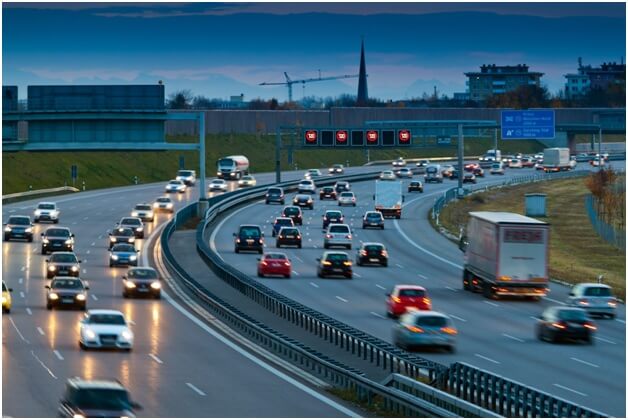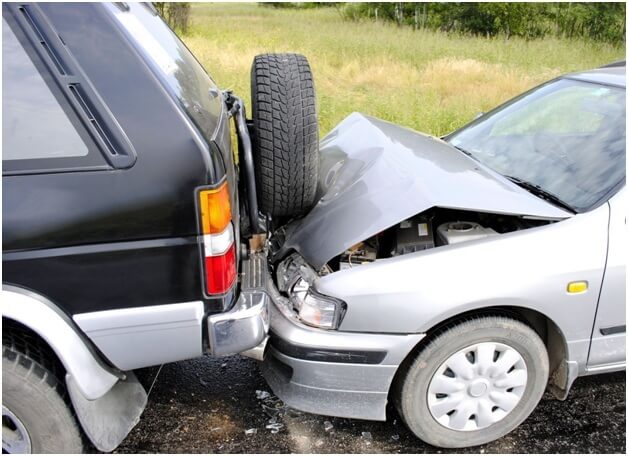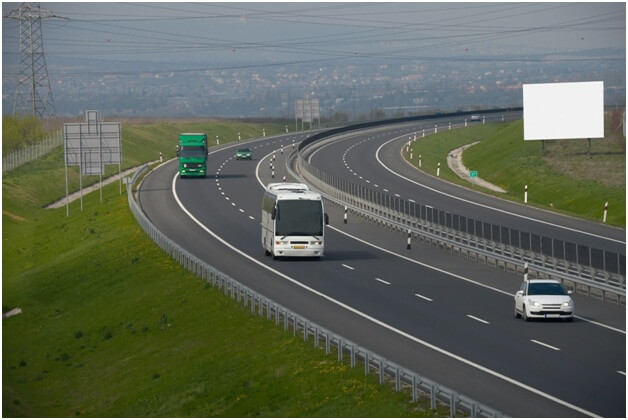Getting into a car accident in a parking lot or residential area is bad enough, but getting into a crash on the highway is far worse. When vehicles are traveling at highway speeds (typically between 60 and 75 mph), any kind of accident has the potential to result in driver and passenger fatalities.
The most obvious way to avoid getting into a highway accident is to stay off the highway, but that’s just not feasible for most Floridians. With four primary interstate highways, eight auxiliary highways, and approximately 1,500 interstate miles, it’s tough to be a driver in our state without spending some time on these fast-paced roadways. Whether you’re commuting to work or driving across the state to visit relatives, chances are you’re going to get there by traveling on one of these high-speed roads.
Of course, for all the reports about highway accidents and the crashes you’ve likely driven by, millions of drivers travel on highways every day without getting into accidents. By focusing on the road, practicing defensive driving, and following traffic laws, you can help prevent most types of highway accidents. Let’s take a look at some of the most common kinds of highway accidents and then go over some tips to keep yourself and your loved ones out of these crashes.
Common Types of Highway Crashes
Speeding, distractions (such as phones), drowsy driving, and drunk driving are all leading causes of various types of highway crashes, including:
• Lane change accidents: Drivers who fail to check their mirrors and blind spot or forget to signal before changing lanes may swerve into the side of another vehicle traveling at high speeds, or cut a faster car off so suddenly that the car slams into their rear bumper. Drivers may also rear-end another vehicle if they switch lanes with another slower-moving car too close in front of them.
• Rear-end accidents: Although you hear more about rear-end accidents happening on city streets, this type of accident can occur on highways when traffic begins slowing and one or more drivers fail to notice a change in speed. Since these rear-end accidents typically occur at higher speeds, they can cause serious harm, including spinal cord injuries and brain trauma.
• Rollovers: Top-heavy vehicles such as trucks and SUVs are particularly at risk for rollover accidents on tight turns or in bad weather. When large vehicles lose control and roll over, they often cause vehicles behind them to get into an accident, as well.
• Head-on collisions: One of the worst types of highway accidents possible, head-on collisions may occur when a drunk, drowsy, or simply inattentive driver enters the highway the wrong way via an exit ramp, or when a driver falls asleep at the wheel and drifts across the median.
4 Tips to Stay Out of Highway Accidents
Based on the descriptions of the accidents above, some ways to reduce your risk of being in a highway accident should, hopefully, be obvious. You should never drive when you’ve been drinking, even if you don’t think you’re that intoxicated. You should also put your phone away to avoid distractions, and if you start feeling tired on a long drive, take the next exit and pull over somewhere safe to rest.
Here are 4 more tips to help you avoid highway accidents:
1. Leave plenty of room when changing lanes in front of a truck. The average tractor-trailer loaded with cargo and traveling 55 mph on a clear road takes at least 290 feet to come to a complete stop—and that’s the best case scenario. Trucks traveling in bad weather, with overloaded cargo, or with worn-out tires or brakes will take even longer to stop, and cars that pass trucks and then cut back in front of them too closely can easily cause accidents. Never pull in front of a tractor-trailer unless you can see the entire front of the truck in your rearview mirror.
2. Stay out of blind spots. Although drivers should be checking their blind spot by looking over their shoulder before changing lanes, you can’t guarantee that everyone will be that responsible. Either speed up or slow down to avoid traveling in another car’s or truck’s blind spot for a long period.
3. Go with the flow of traffic. Weaving in and out of lanes to go faster than the rest of traffic is incredibly dangerous, but going so slowly that you’re forcing everyone else on the road to go around you is also an issue. Do your best to keep up with the flow of traffic and never, under any circumstances, come to a complete stop in a lane with traffic flowing around you.
4. Use your turn signals. You can’t expect other drivers to read your mind—even if you think you have plenty of room to make a lane change or get onto an exit ramp, you should always signal your intentions so that you don’t take drivers around you by surprise.
Keep in mind that you’re in a powerful, fast-moving vehicle when you’re driving on the highway, so don’t take unnecessary risks that will endanger yourself and others. And if another driver endangers or injures you through their recklessness, seek proper medical attention and then contact an auto accident attorney as soon as possible.
About the Author:
Jeffrey Braxton is a trial lawyer in Fort Lauderdale who has devoted his 22-year career to the practice of personal injury law. As lead trial attorney for The South Florida Injury Law Firm, Jeff has litigated thousands of cases and is a member of the Million Dollar Advocates Forum, an exclusive group of attorneys who have resolved cases in excess of one million dollars.






